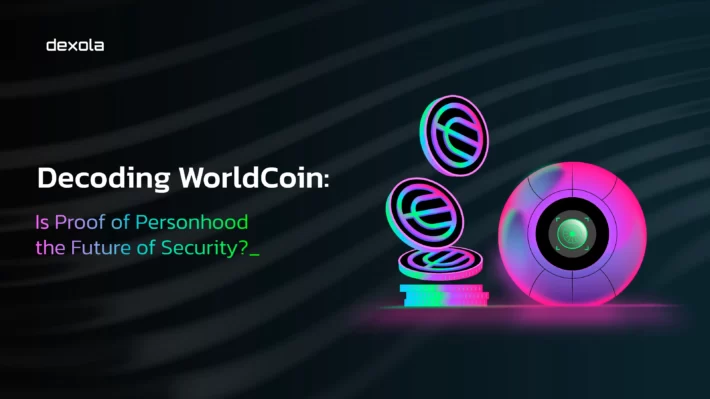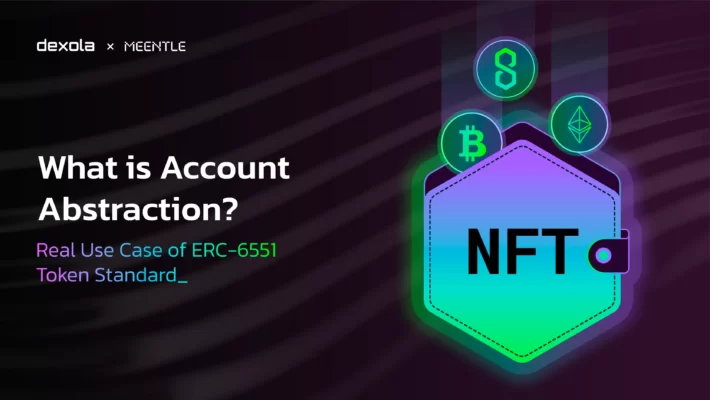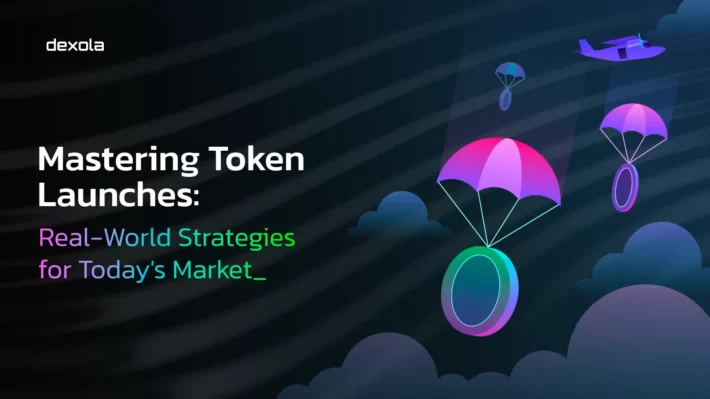Inside Ethereum’s Denсun Upgrade: What It Means and Why It Matters
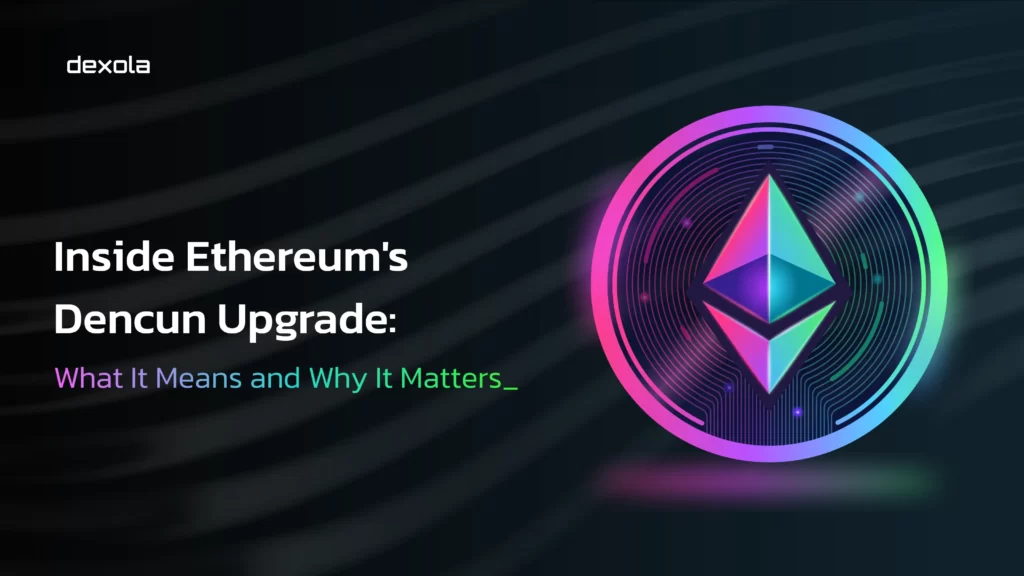
The Ethereum Dencun upgrade, a blend of the Deneb and Cancun upgrades, represents Ethereum’s initiative to strengthen its framework and resolve issues following the Shanghai upgrade. The Dencun upgrade went live on March 13, 2024, pushing the price of Ethereum (ETH) up to $4000.
This latest enhancement stands out as it’s designed to directly elevate the user experience by significantly slashing gas fees on L2 networks through the implementation of EIP-4844, commonly referred to as proto-danksharding.
In this piece, we explain how the Dencun upgrade improves the network at both the consensus and execution layers, promising a more efficient and cost-effective blockchain environment.
What is the Ethereum Deneb-Cancun (Dencun) Upgrade?
Dencun combines two separate upgrades, Deneb and Cancun. The goal of the Deneb upgrade is to enhance the consensus layer, which handles the agreement among network participants on the blockchain’s state.
Conversely, the Cancun upgrade focuses on optimizing transaction management and processing at the execution layer. The Dencun upgrade is launched nearly a year after the April 2023 Shanghai upgrade, which allowed Ethereum (ETH) holders to unstake their previously locked ETH from the network.
The Dencun upgrade marks the beginning of “The Surge” phase in the Ethereum roadmap, focusing on scalability. As Ethereum co-founder Vitalik Buterin notes, the goal is to achieve “100,000 transactions per second and beyond.”
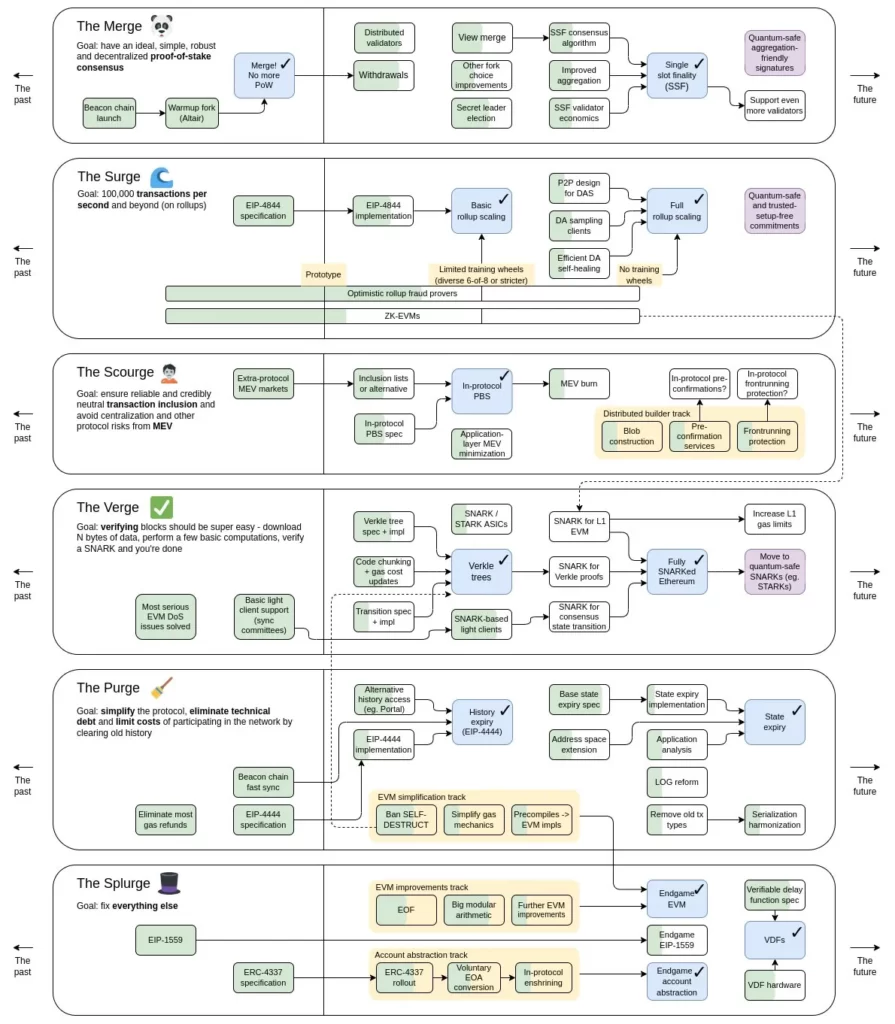
The upgrade includes nine key Ethereum Improvement Proposals (EIPs):
- EIP-6780 aims to disable the SELFDESTRUCT opcode with as little impact as possible on existing smart contracts that use it. This adjustment is partly driven by the soon-to-be-implemented Verkle trees, which will render the pre-EIP 6780 SELFDESTRUCT operation unfeasible.
- EIP-5656 introduces a new EVM instruction called MCOPY, designed to enhance the efficiency of memory copying and facilitate more effective data structure construction. This EIP solely focuses on improving the efficiency of the EVM and presents no trade-offs or incompatibilities since there are currently no functional references to MCOPY.
- EIP-7044 is set to enable signed voluntary exits to retain their validity indefinitely, a departure from the current limitation of validity to two upgrades — or the existing and preceding consensus layer (CL) fork versions. This modification is intended to streamline and enhance the staking experience, especially for users engaged in delegated staking solutions.
- EIP-7045 increases the maximum inclusion slot for attestations from one rolling epoch to two non-rolling epochs. Previously, a validator had 32 slots to submit their attestation for a specific slot. With this update, validators can now make attestations for any slot within the current epoch and the entire following epoch. This change means validators could have up to 64 slots to submit their attestations and earn rewards, although it’s rare for a validator to have the entire first epoch available unless the slot they’re attesting to is the first in that epoch.
- EIP-4788 forces the commitment of a hash tree root from each parent beacon block in the corresponding execution block’s header, which will be recorded in a smart contract on the Ethereum mainnet. This is achieved by adding a new field in the execution block header, named parent_beacon_block_root, that holds the hash tree root of the parent beacon block associated with the execution block.
- EIP-7514 sets a maximum churn limit per epoch at 8, changing the growth rate of Ethereum validators from exponential to linear. The churn limit is the maximum number of validators that can join or leave the active roster of Ethereum validators every epoch (approximately 6.4 minutes). Before, the churn limit was a flexible number with a baseline of four, which incremented by one for every additional group of validators (65,536 or the churn limit quotient) that enters the active set.
- EIP-1153 adds a new feature called “transient storage” to the EVM, specifically within the execution layer. This type of storage behaves much like the previous one, but with a critical distinction: the data is purged at the transaction’s end, similar to how a computer clears its RAM when it’s no longer required. EIP-1153 introduces two specific opcodes for this purpose: TLOAD and TSTORE. These opcodes are designed to facilitate more efficient gas usage during transactions by allowing for better inter-frame communication and deleting stored data after each transaction is completed.
- EIP-4844, or proto-danksharding, is a crucial advancement in Ethereum’s quest for scalable decentralization. It introduces a new type of transaction, known as “blob-carrying” transactions, which allows rollup sequencers — and potentially others — to upload data to the Ethereum mainnet more affordably. Additionally, this EIP maintains decentralization by capping the size and quantity of blobs per block, ensuring that the demands on Ethereum nodes’ computational and storage capacities don’t surge excessively. Over time, these restrictions could be relaxed in future upgrades to further enhance Ethereum’s scalability.
- EIP-7516 introduces the BLOBBASEFEE opcode to Ethereum, enhancing the efficiency of transaction processing. It serves as a handy price scanner, offering immediate access to base fee information. The feature promotes quicker and fairer transactions, similar to equipping every product with a price tag, thus improving efficiency for everyone involved. By providing easy access to this data, rollups and Layer 2 solutions help streamline transaction processing and optimize the use of resources. EIP-7516 transforms Ethereum’s transaction environment, creating a more transparent and efficient marketplace.
Exploring EIP-4844 (Proto-Danksharding)
EIP-4844, known as proto-danksharding, introduces a significant advancement in Ethereum’s data handling by implementing data blobs. This method is designed to enhance the storage efficiency of Layer 2 (L2) transaction data.
Traditional L2 solutions rely on calldata, which is permanently stored on-chain, placing a considerable load on validators. Proto-danksharding aims to alleviate this by replacing calldata with blobs — temporary data stores that handle large volumes of data more efficiently and are pruned from the system after about two weeks, significantly reducing the storage burden on Ethereum nodes.
This new storage strategy promises to decrease the data load on Ethereum’s network, leading to less congestion and optimized network performance. The result is potentially lower gas costs, making L2 applications more practical and effective.
EIP-4844 employs advanced cryptographic techniques, such as the KZG commitment scheme, to ensure that data stored in blobs remains secure and verifiable, without needing to expose the actual data. This maintains the integrity and security of the network while facilitating a more scalable and efficient framework for data management.
Implications of the Ethereum Dencun Upgrade
The Ethereum Dencun upgrade represents a significant leap towards enhancing the Ethereum ecosystem. It offers multitude of benefits centered around scalability, cost efficiency, security, and cross-chain communication.
Scalability and Cost Efficiency
The “blob transactions” mechanism decreases the congestion on the network and lowers gas fees for layer-2 rollups. For instance, after the upgrade, the cost to swap tokens on platforms like Optimism and Arbitrum One decreased drastically, making these transactions competitive with major global payment systems.
Security Enhancements
The Dencun upgrade substantially bolsters Ethereum’s security framework. EIP-6780, which modifies the SELFDESTRUCT function in smart contracts, makes it harder for attackers to exploit this feature. Additionally, EIP-4788 improves the communication between Ethereum’s consensus and execution layers, making network security more resilient against potential threats.
Cross-Chain and Developer Enhancements
EIP-4788, as a part of the Dencun upgrade, facilitates smoother and more secure interactions between different blockchain networks, which is essential for cross-chain communication and integration. The upgrade also simplifies the consensus process and transaction handling, providing developers with a more streamlined environment for creating decentralized applications. This might lead to a surge in innovative projects and applications being developed on Ethereum.
Foundation for Future Upgrades
Dencun serves as a crucial stepping stone towards the goal of implementing full danksharding. The future development aims to enable Ethereum to handle up to 100,000 transactions per second, significantly expanding its capacity. However, reaching full danksharding might require several more network upgrades, with Dencun laying the necessary groundwork for these future advancements.
***
In summary, the Dencun upgrade sets the stage for a more scalable, cost-effective, secure, and developer-friendly Ethereum ecosystem, poised for future growth and broader adoption across various applications, from non-fungible tokens (NFTs) to decentralized finance (DeFi).
